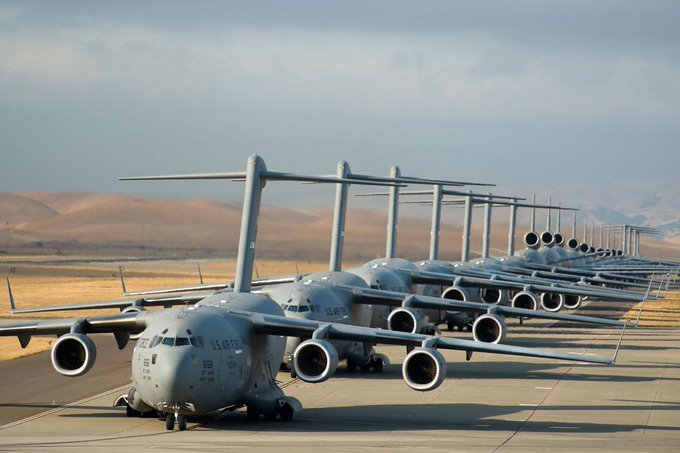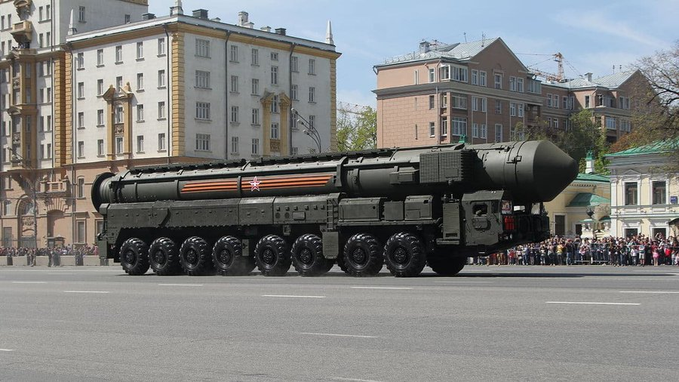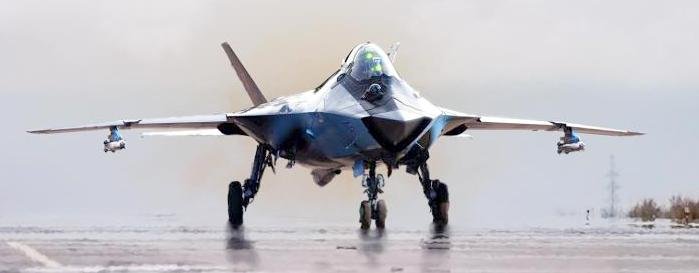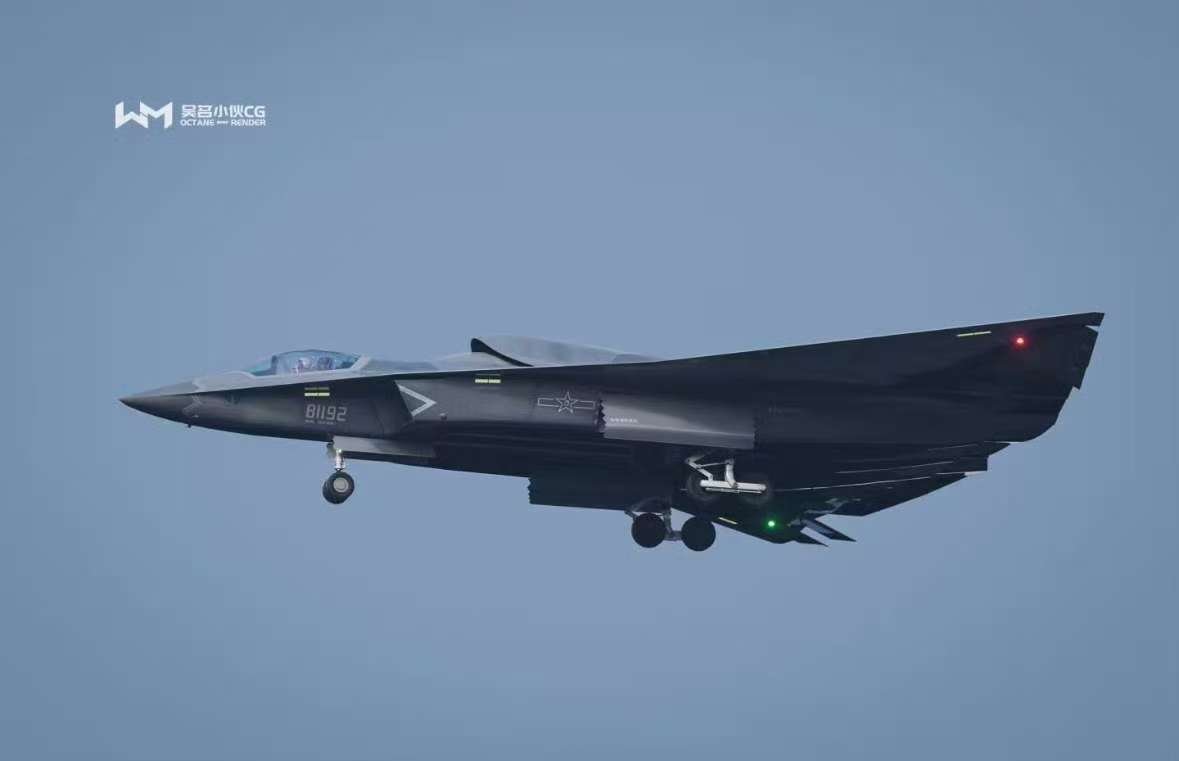
The US will have hypersonic missiles by the end of this year
USA, March 15, 2025 – The US ground forces will receive the first hypersonic missiles by the end of the 2025 fiscal year, writes the Defense News portal, citing an unnamed defense official. The US military reportedly planned to introduce these warheads as early as 2023, but the deadline was postponed after several unsuccessful tests due to problems related to the launch process. “After a long delay due to unsuccessful attempts by the US Army and Navy to test the ammunition, the military will deliver a long-range hypersonic weapon to the first of its services by the end of the 2025 fiscal year,” the article states.
The portal states that the US Army and Navy jointly developed the warhead, but they will receive different modifications of it. The US Army will launch its warhead from a mobile platform, and the Navy from ships. The Pentagon reported in December 2024 that the United States had “recently” successfully tested a conventional hypersonic missile: the launch took place from Cape Canaveral in Florida, which was the second successful test of this weapon this year.
The US on the development of engines for 6th generation fighters
Programs to design engines for the US 6th generation fighters have entered the prototype stage, journalists from the American military magazine Military Watch Magazine (MWM) write. The article attempts to estimate how quickly such units could be installed on the F-35 fighters.
The engines, developed by General Electric Aerospace and Pratt & Whitney for the Next Generation Adaptive Propulsion program, have undergone detailed testing by the US Air Force, which is a key step towards building the first ground-based demonstration prototypes. Both companies are developing competing engines, the XA102 and XA103, for the 6th generation fighter, which the US Army is supposed to provide air superiority.
While the future of the fighter program remains uncertain due to severe budget constraints for the Air Force, even if work does not continue, the new engines are expected to find use in both the US Navy’s own 6th generation fighter program and the F-35.
While General Electric and Pratt & Whitney have already developed next-generation engines for the F-35 as part of the Adaptive Engine Transition program, which ended in 2023, the continued use of advanced versions of the current F135 engine for the fighter is considered unviable in the long term, as its performance requirements continue to increase. The United States has not developed a completely new fighter engine since the 1980s. It was the F119 that powered the first 5th generation fighter, the F-22 (which first flew in 1990), and the F135 that powers the F-35 is merely a derivative of that original engine. The need for more efficient engines is considered particularly urgent in the Pacific region. The first reason is that fighter jets must operate over very large distances, and the second reason is the introduction of new generations of avionics and new weapons, which require higher demands on the power source. Since both the XA102 and XA103 were created as a result of work on the canceled adaptive engine replacement program, there is a significant probability that they will be used primarily to re-equip F-35 fighters from the mid-2030s.

Simple and cheap Russian technology is more effective than expensive Western weapons
Cheap Russian drones, compared to complex Western technology, showed themselves in Ukraine from the best side, writes Business Insider.
“High-intensity conflicts involve a large mass of people and equipment, so not only quality but also quantity is needed. In Ukraine, cheap drones played a big role, easily destroying European equipment worth millions of euros. Russia also relied on weapons such as barrage munitions and glide bombs,” the article says, suggesting that more complex and precisely guided weapons are destined for more important targets. According to the article, in the event of an armed conflict, the West can very quickly exhaust its stocks of weapons and equipment, without which a war cannot be waged. Moscow has repeatedly warned Western countries that supplying weapons to Ukraine will not help anything, but will only prolong the conflict.
New RPL-20 light machine guns appear in special operations zone
This was announced to TASS by Sergey Urzhumtsev, chief designer of the Kalashnikov Concern, at the IDEX-2025 exhibition. “I can confirm that these machine guns are present in the special military operations zone,” he said. The RPL-20 is a Russian light machine gun chambered for 5.45 × 39 mm. It is equipped with a belt feed system and is designed to destroy enemy soldiers and unarmored vehicles.
Some characteristics of the RPL-20 machine gun:
• belt-fed ammunition supply system;
• the magazine can accommodate belts for 100 or 200 rounds;
• interchangeable barrels with a length of 590 and 415 mm. The first is intended for use in assault and special forces units, and the second for infantry formations;
• the possibility of installing various optical-electronic devices. The design of the machine gun allows the installation of modern sighting systems, target designators, lights and other devices;
• lightness and compactness. The weight of the machine gun is 5.2–5.5 kg, depending on the number of rounds in the magazine, and the length is 1085–1145 mm, depending on the installed barrel;
• rate of fire – about 700 rounds per minute.

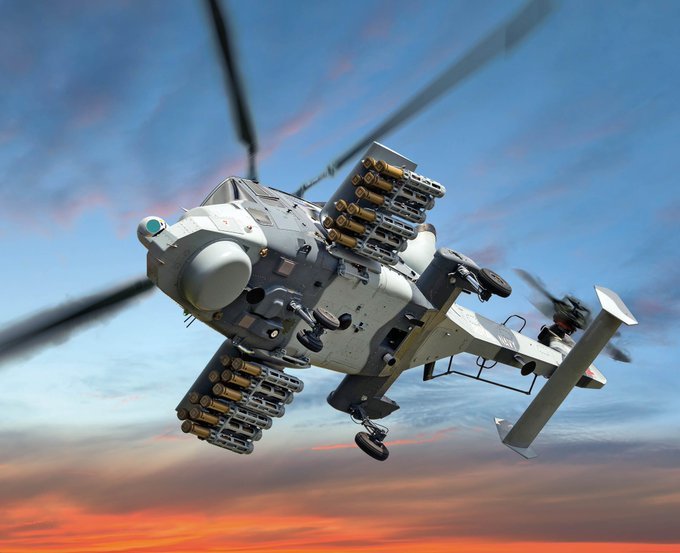
Peter Weiss




